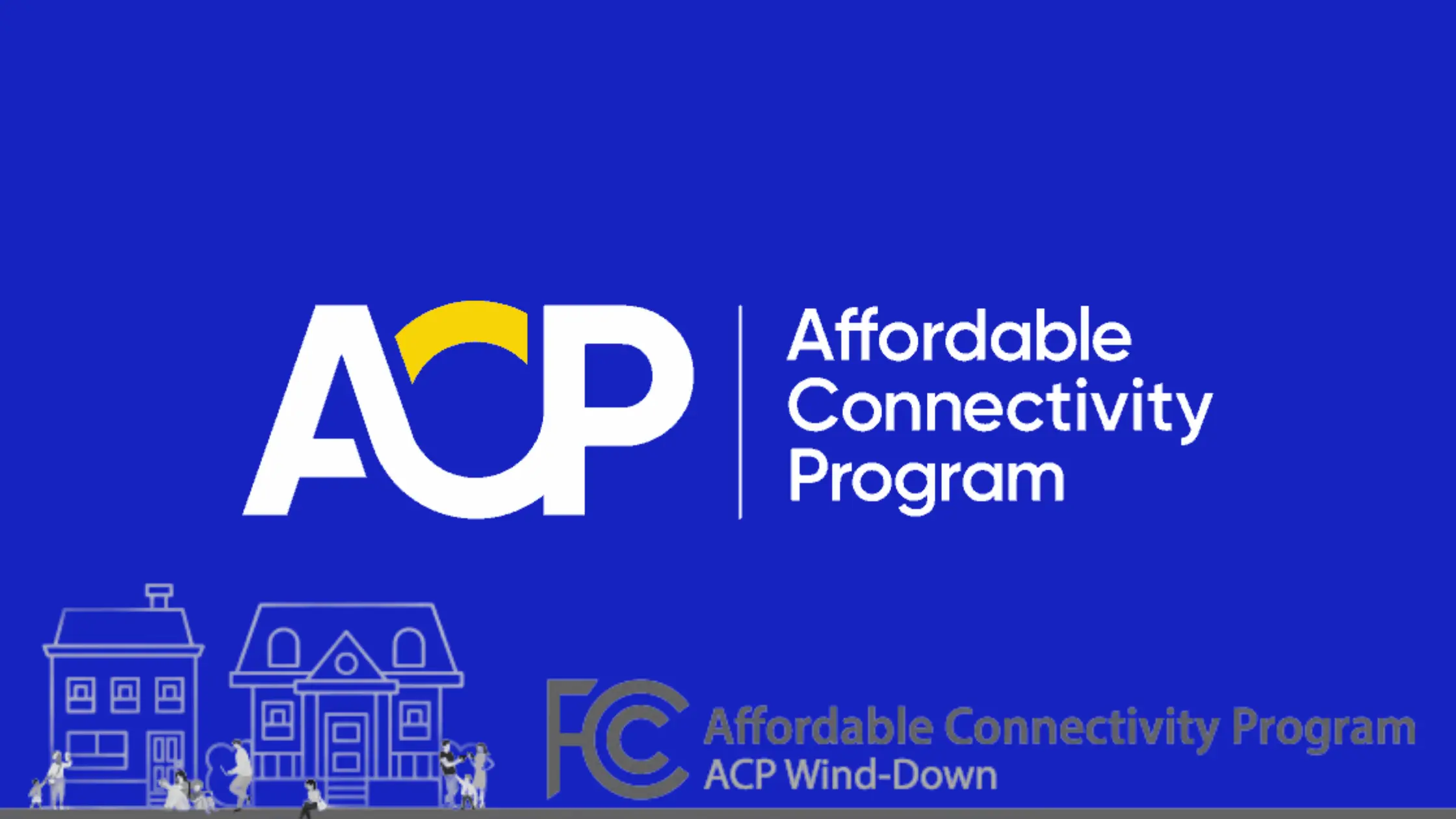In a significant development impacting millions of American households, the Federal Communications Commission’s (FCC) Affordable Connectivity Program (ACP) has ceased accepting new applications as of February 8, 2024. This marks a pivotal moment in the program’s history, which has been a lifeline for over 20 million households, providing essential internet access for work, education, and healthcare.

Background of the ACP
The ACP, an FCC initiative, was designed to ensure that low-income households could afford necessary broadband services. It offered up to $30 per month towards internet service for eligible households and up to $75 for those on qualifying Tribal lands. Additionally, it provided a one-time discount of up to $100 for purchasing a laptop, desktop computer, or tablet.
Key Features and Consumer Protections
The program was notable for its consumer-friendly features. It allowed recipients to choose their service plans, ensured access to broadband regardless of credit status, and prohibited providers from excluding consumers with past-due balances. Importantly, it prevented forced transitions into more expensive or lower-quality plans and protected consumers from early termination fees and potential financial harms.
Enrollment Freeze and Wind-Down
As the program winds down, all households enrolled by February 7, 2024, will continue to receive benefits through the final month of service, provided they comply with FCC rules. However, households de-enrolled for reasons such as failure to use their ACP-supported service cannot reapply or re-enroll during this freeze.
Implications for Enrolled Households
Enrolled households are advised to pay close attention to communications from their internet companies and the Universal Service Administrative Company (USAC), the ACP administrator, regarding the program’s termination. It’s crucial for these households to understand how the end of the ACP will affect their internet service and billing.
Looking Ahead
The cessation of the ACP, barring additional Congressional funding, is expected to leave a significant void in broadband affordability for many. The program’s end underscores the ongoing challenge of digital inclusion and the need for sustainable solutions to bridge the digital divide.
For more information and updates about the ACP wind-down, visit AffordableConnectivity.gov.
Alternative of Affordable Connectivity Program
The winding down of the Federal Communications Commission’s Affordable Connectivity Program (ACP) leaves a significant gap in broadband affordability assistance for many American households. However, there are alternative options and programs that can serve as substitutes or complements to the ACP. Here’s a detailed exploration of these alternatives:
- Lifeline Program: This is a federal program that provides a monthly discount on phone or internet services to eligible low-income subscribers. While it offers less financial assistance than the ACP, it remains a viable option for ongoing support.
- State-Specific Programs: Various states have their own programs to assist with internet affordability. These programs often target low-income families, seniors, and students, providing subsidies or discounted services. It’s advisable to check with state telecommunications agencies for specific offerings.
- Local Internet Service Provider (ISP) Programs: Some ISPs offer their own low-cost internet plans for low-income households. These programs typically have eligibility requirements similar to those of the ACP and Lifeline.
- Non-Profit Initiatives: Organizations like EveryoneOn collaborate with ISPs to provide affordable internet and devices to low-income families. These programs often include digital literacy training as well.
- Educational Institution Programs: For households with students, many schools and universities partner with ISPs to offer discounted or free internet services. These are particularly relevant in ensuring students have the necessary access for their educational needs.
- Community Broadband Networks: In some areas, local governments or community organizations operate their own broadband networks, often providing more affordable options than commercial ISPs.
- Employer-Sponsored Programs: Some employers offer stipends or discounts for home internet as part of their employee benefits, especially in organizations where remote work is prevalent.
- Public Wi-Fi Access Points: While not a direct substitute for home internet, public Wi-Fi in libraries, community centers, and cafes can provide temporary internet access.
- Negotiating with Current Providers: Households can sometimes negotiate lower rates or special discounts with their current ISPs, especially if they mention financial hardship or compare offers from competing providers.
- Technology Grants and Charities: Various grants and charities focus on providing technology access to underserved communities. These can sometimes include access to affordable internet services.
- Mobile Hotspots and Prepaid Internet Plans: For some users, mobile hotspots or prepaid internet plans can be a more flexible and affordable option compared to traditional broadband services.
It’s important for individuals and families seeking alternatives to the ACP to research and understand the eligibility requirements and benefits of each option, as they can vary significantly. Additionally, staying informed about any new government initiatives or changes in existing programs is crucial, as the landscape of digital inclusion efforts is continually evolving.
Revisit a section

